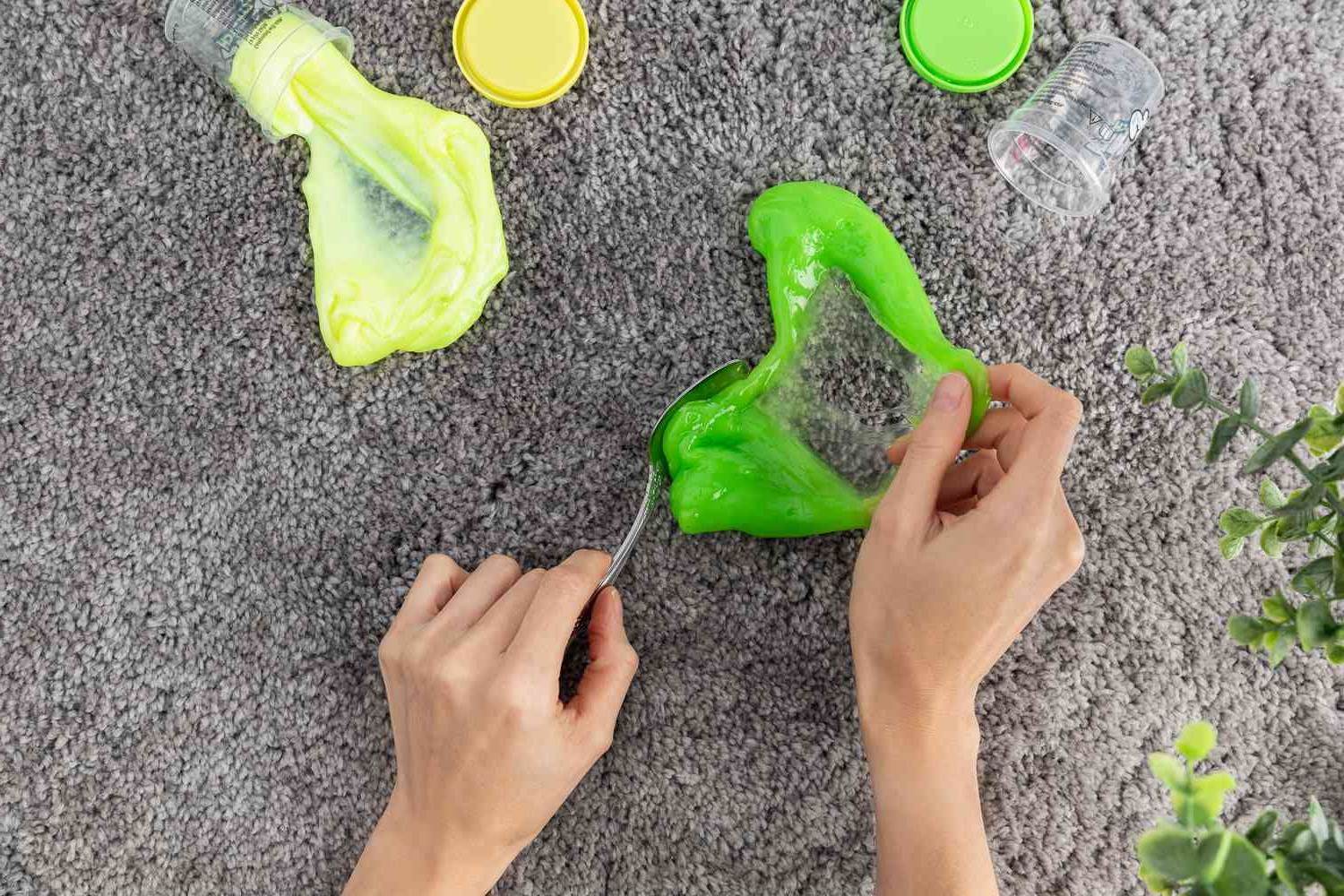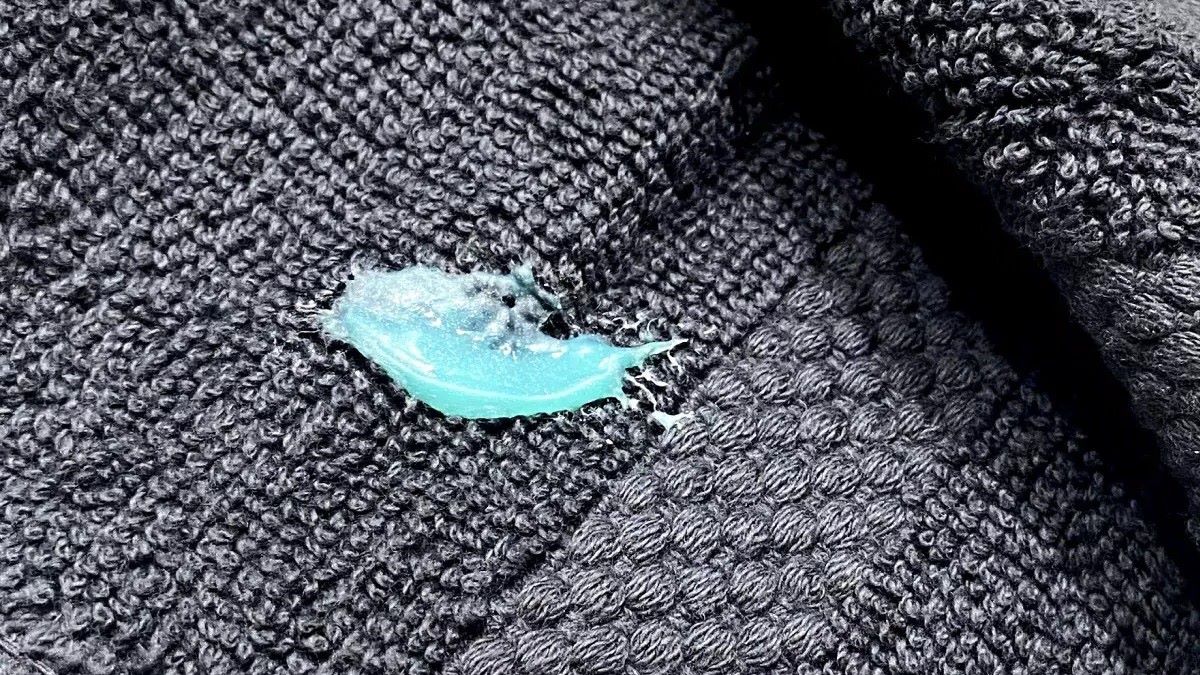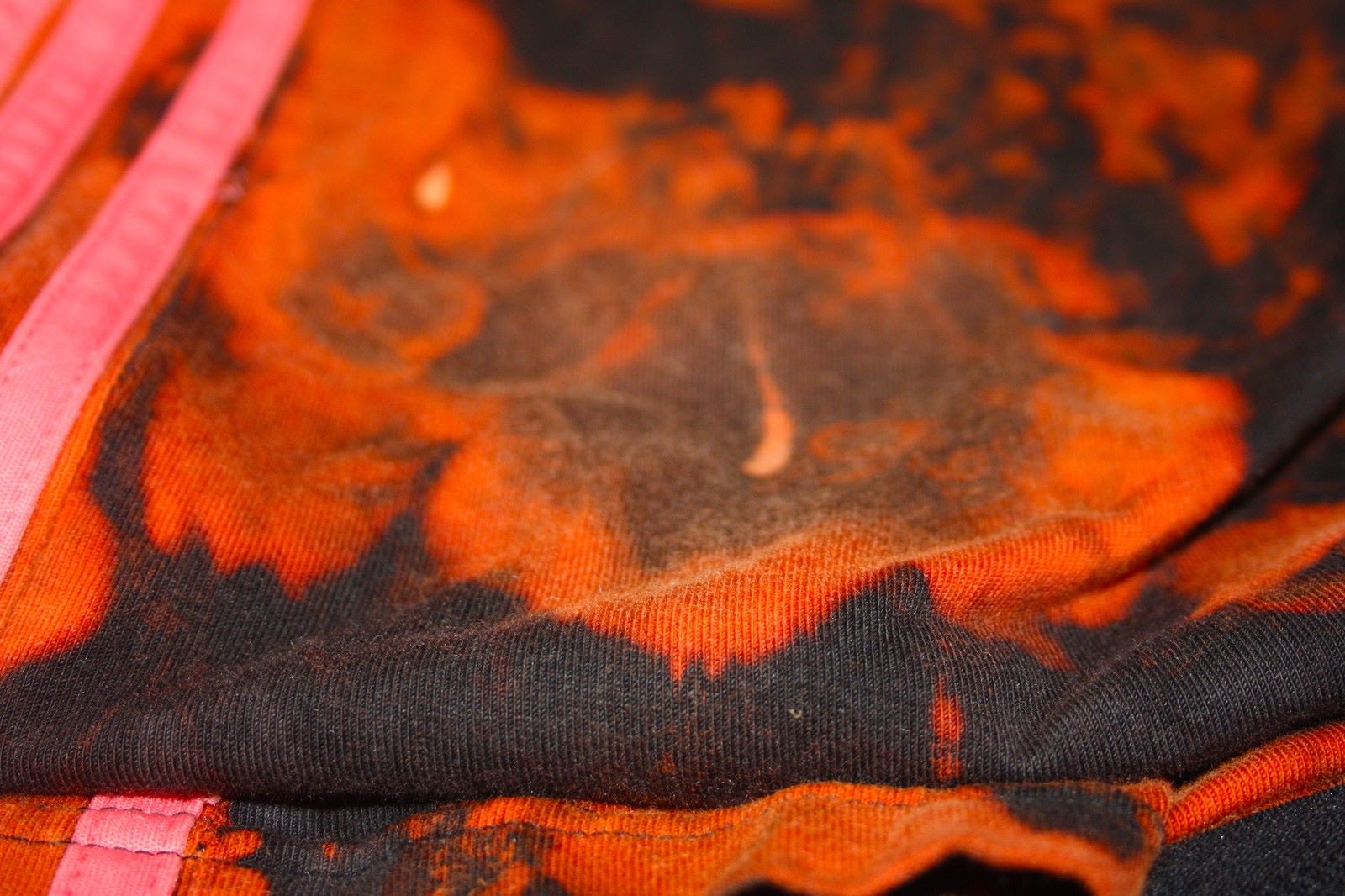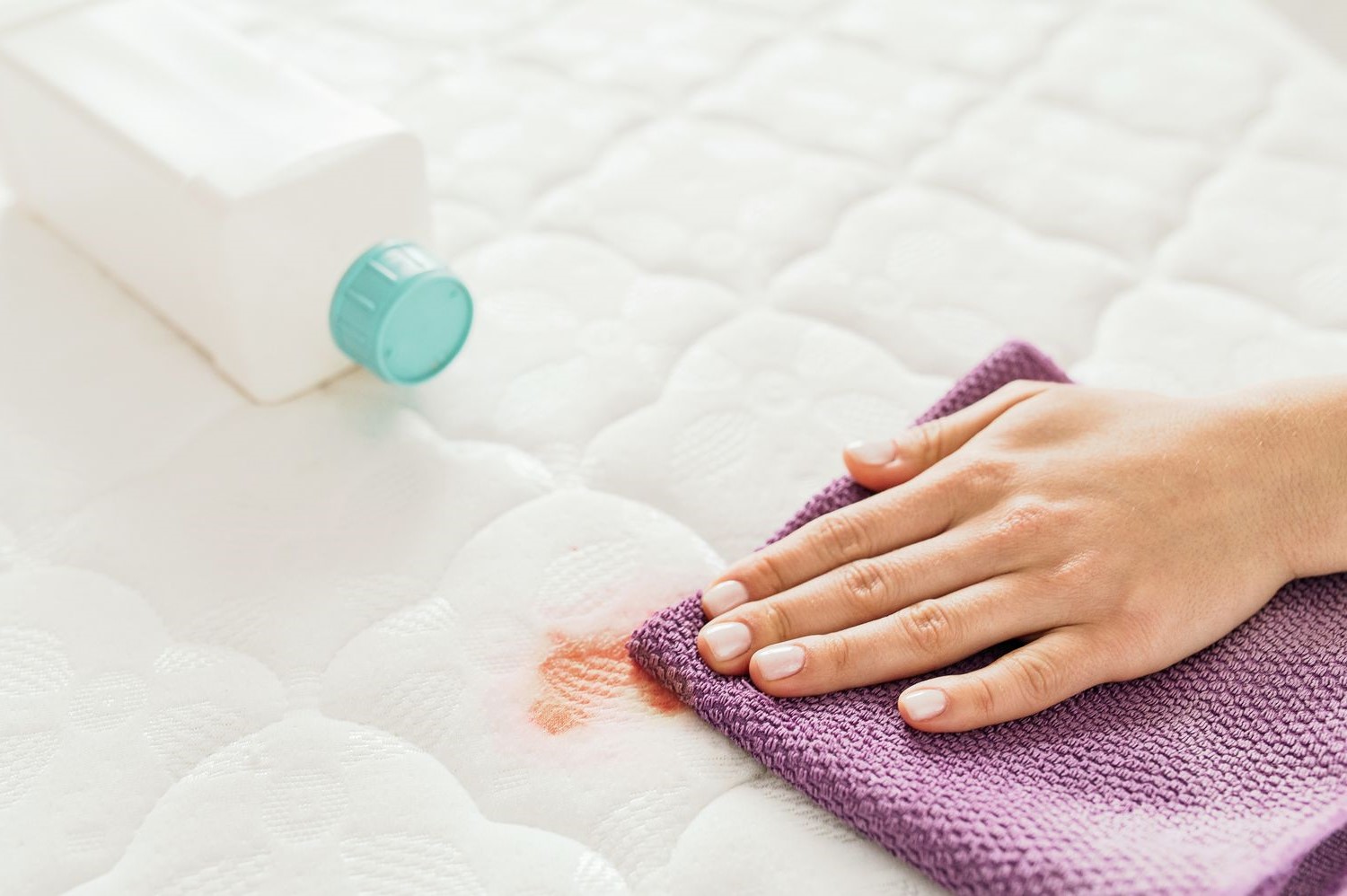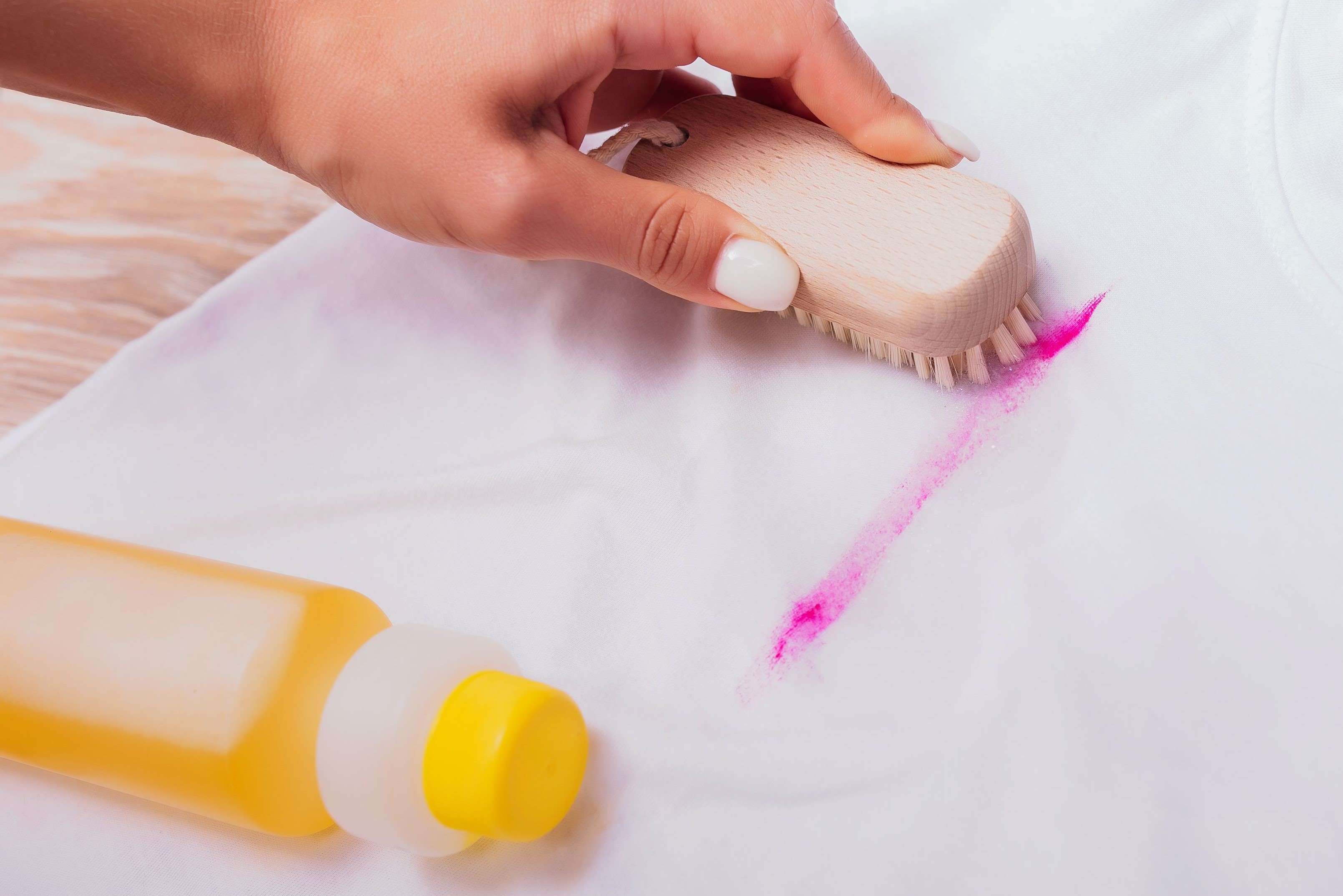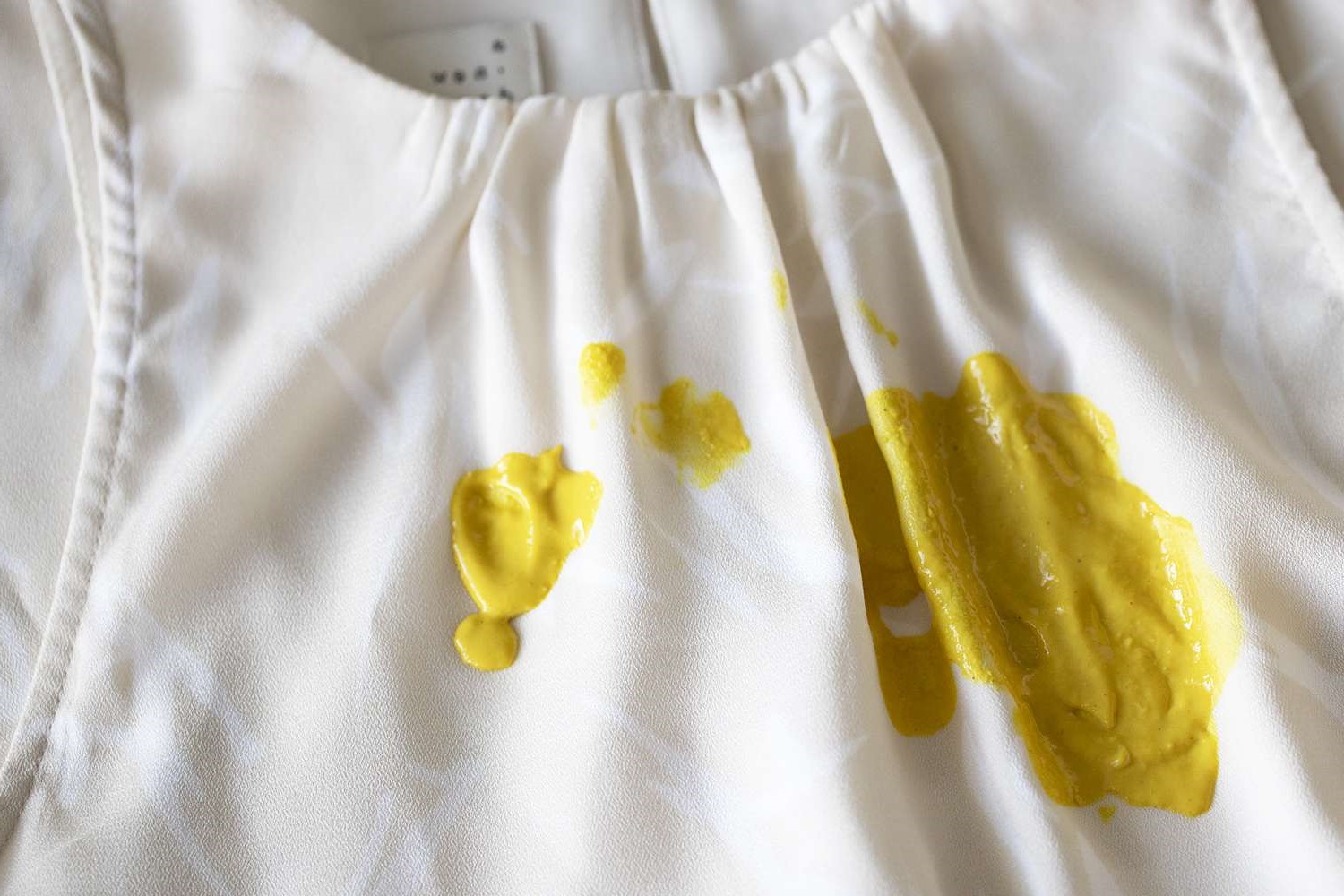Home>Home and Garden>How To Get Wax Out Of Fabric
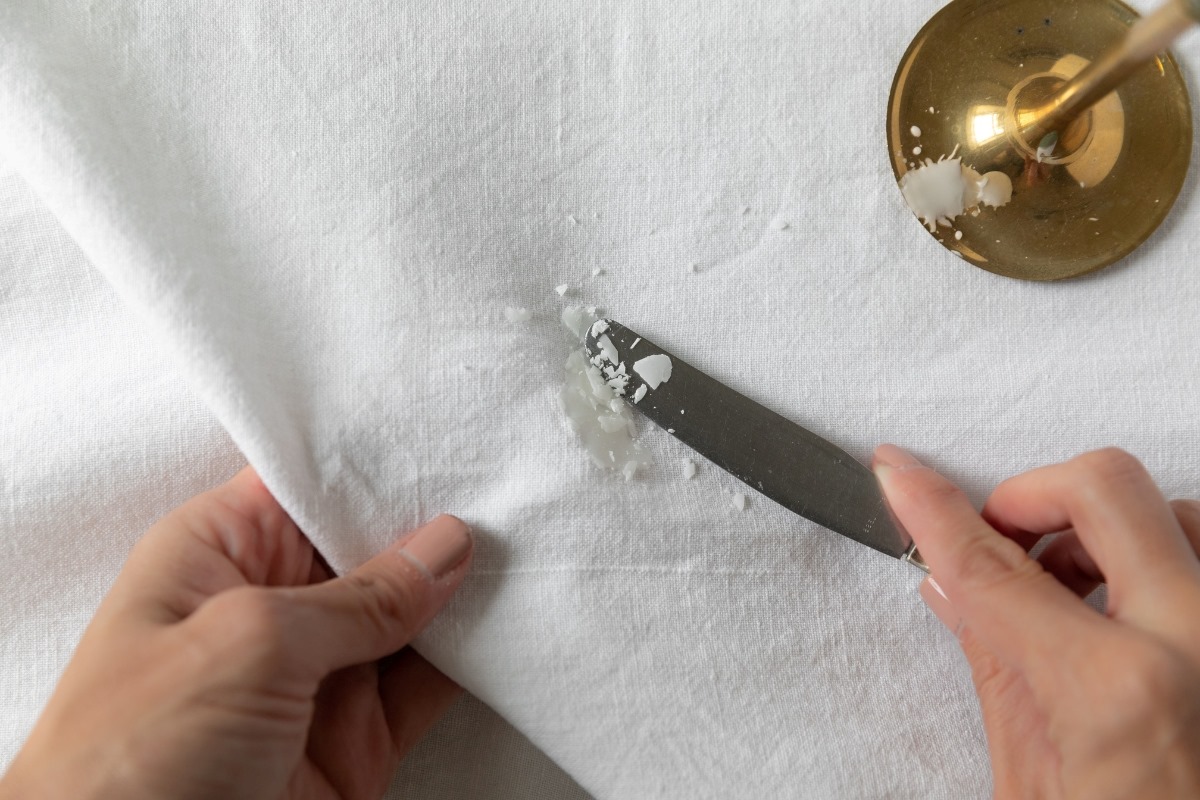

Home and Garden
How To Get Wax Out Of Fabric
Published: March 1, 2024
Learn effective home and garden solutions for removing wax from fabric. Discover simple tips to keep your fabrics looking clean and fresh.
(Many of the links in this article redirect to a specific reviewed product. Your purchase of these products through affiliate links helps to generate commission for Noodls.com, at no extra cost. Learn more)
Table of Contents
Introduction
Dealing with wax stains on fabric can be a frustrating experience. Whether it's a splash of candle wax on your favorite tablecloth or a dripped wax on your clothing, the sticky residue can seem like a daunting challenge to remove. However, with the right techniques and a bit of patience, you can effectively eliminate wax stains from various types of fabric. Understanding the nature of the fabric and the properties of wax is crucial in determining the most suitable method for removal.
Different fabrics, such as cotton, polyester, silk, or wool, require specific approaches to prevent damage during the wax removal process. Additionally, the type of wax, whether it's paraffin, beeswax, or soy wax, influences the removal method. By identifying the fabric type and the wax composition, you can tailor your approach to achieve the best results without compromising the integrity of the fabric.
In this comprehensive guide, we will explore various methods for removing wax from fabric, including utilizing heat, freezing, solvents, and washing. Each method offers distinct advantages and considerations, allowing you to choose the most suitable approach based on the fabric type and the severity of the wax stain. By following these proven techniques, you can restore your fabric to its pristine condition and bid farewell to stubborn wax stains.
Understanding the intricacies of fabric and wax interaction is the first step towards successful stain removal. With the knowledge and methods outlined in this guide, you can confidently tackle wax stains on different fabrics, ensuring that your cherished items remain free from unsightly blemishes. Let's delve into the world of fabric care and discover the effective strategies for banishing wax stains once and for all.
Read more: How To Massage Ear Wax Out
Understanding the type of fabric and wax
When it comes to removing wax from fabric, understanding the type of fabric and the properties of the wax is crucial. Different fabrics react differently to various removal methods, and using the wrong approach can result in damage or discoloration. Additionally, the composition of the wax, whether it's paraffin, beeswax, or soy wax, plays a significant role in determining the most effective removal technique.
Fabric Type
Different fabrics, such as cotton, polyester, silk, wool, and blends, require specific care when dealing with wax stains. Cotton, being a durable and versatile fabric, can withstand heat and certain solvents, making it more amenable to removal methods involving heat or solvents. On the other hand, delicate fabrics like silk and wool necessitate gentler approaches to prevent damage. Understanding the fabric type allows you to tailor your wax removal method to ensure effective stain elimination without compromising the fabric's integrity.
Wax Composition
The composition of the wax also influences the removal process. Paraffin wax, commonly found in candles, responds well to heat-based removal methods due to its low melting point. Beeswax, known for its natural and adhesive properties, may require a different approach, as it tends to adhere firmly to fabric fibers. Soy wax, often used in eco-friendly candles, presents its own set of challenges due to its unique composition. By identifying the specific type of wax, you can choose a removal method that effectively targets its properties, facilitating a more successful stain elimination process.
Understanding the interplay between fabric type and wax composition is essential for devising an appropriate removal strategy. By considering these factors, you can select the most suitable method for removing wax from fabric, ensuring that the stain is effectively eliminated while preserving the fabric's quality and appearance. With this knowledge in mind, you can proceed to explore the various methods for removing wax from fabric, each tailored to address the specific needs of different fabric types and wax compositions.
Methods for removing wax from fabric
When it comes to removing wax from fabric, there are several effective methods that cater to different fabric types and wax compositions. Each approach offers distinct advantages and considerations, allowing you to choose the most suitable method based on the specific fabric and the nature of the wax stain.
Read more: How To Get Candle Wax Off Of Wood
Using Heat to Remove Wax
Utilizing heat is a popular and effective method for removing wax from fabric. By applying heat, the wax softens and becomes more pliable, making it easier to lift off the fabric fibers. One common approach involves using an iron and brown paper or a clean cloth. Place the brown paper or cloth over the wax stain and carefully iron over it. The heat from the iron helps to melt the wax, allowing it to transfer onto the paper or cloth. This method is particularly suitable for fabrics like cotton and polyester, which can withstand moderate heat without damage.
Using Freezing to Remove Wax
Freezing is another effective method for removing wax from fabric, especially for more delicate fabrics like silk and wool. By freezing the wax, it becomes brittle and easier to scrape off the fabric. To use this method, place the fabric in the freezer until the wax hardens. Once the wax is frozen, gently scrape it off with a blunt tool, such as a butter knife or a credit card. This approach is gentle on delicate fabrics and prevents the wax from spreading further into the fibers.
Using Solvents to Remove Wax
For stubborn wax stains, using solvents can be an effective solution. Solvents such as rubbing alcohol or dry cleaning fluid can help dissolve the wax, making it easier to remove from the fabric. Before using any solvent, it's essential to test it on a small, inconspicuous area of the fabric to ensure it doesn't cause discoloration or damage. Apply the solvent to the wax stain and gently blot with a clean cloth. The solvent will break down the wax, allowing it to be lifted from the fabric. This method is suitable for a wide range of fabrics but requires caution to prevent any adverse effects.
Using Washing to Remove Wax
In some cases, washing the fabric can effectively remove residual wax after employing other removal methods. After using heat, freezing, or solvents to eliminate the bulk of the wax, laundering the fabric can help lift any remaining traces of wax. It's important to follow the fabric's care instructions and use the appropriate detergent and water temperature. Additionally, inspect the fabric after washing to ensure the wax stain has been completely eradicated.
By understanding these various methods for removing wax from fabric, you can select the most suitable approach based on the fabric type and the severity of the wax stain. Each method offers its own set of advantages and considerations, empowering you to effectively restore your fabric to its pristine condition. Whether it's utilizing heat, freezing, solvents, or washing, these methods provide versatile solutions for banishing wax stains and preserving the quality of your cherished fabrics.
Read more: How To Get Candle Wax Off Wall
Using heat to remove wax
Using heat to remove wax from fabric is a widely recognized and effective method that can restore your fabric to its original state. This approach capitalizes on the principle that heat softens the wax, making it more pliable and easier to remove from the fabric fibers. It is particularly suitable for fabrics like cotton and polyester, which can withstand moderate heat without sustaining damage.
To employ this method, you can utilize an iron and brown paper or a clean cloth. Begin by placing the brown paper or cloth over the wax-stained area of the fabric. Then, carefully iron over the paper or cloth. As the iron generates heat, it causes the wax to melt and transfer onto the paper or cloth. This process effectively lifts the wax from the fabric, gradually diminishing the visible stain.
One of the key advantages of using heat to remove wax is its simplicity and accessibility. Most households have an iron and brown paper or clean cloth readily available, making this method convenient for addressing wax stains promptly. Additionally, the controlled application of heat allows for a targeted approach, ensuring that the fabric is not subjected to excessive temperature that could cause damage.
It's important to exercise caution when using this method, especially with delicate fabrics. While cotton and polyester can tolerate moderate heat, more sensitive fabrics like silk and wool require a gentler approach to prevent damage. Additionally, it's advisable to avoid direct contact between the iron and the wax, as this can spread the wax further into the fabric fibers.
By harnessing the power of heat, you can effectively tackle wax stains on various fabrics, restoring them to their pristine condition. This method offers a practical and efficient solution for eliminating wax from fabric, providing a valuable tool in your arsenal for fabric care and maintenance. Whether it's a candle wax mishap or an accidental spill, utilizing heat to remove wax empowers you to preserve the beauty and integrity of your cherished fabrics.
Using freezing to remove wax
Using freezing to remove wax from fabric is a gentle yet effective method that can help eliminate stubborn wax stains without causing damage to delicate fabrics. This approach is particularly well-suited for fabrics such as silk and wool, where the application of heat or solvents may pose a risk of adverse effects.
The principle behind using freezing to remove wax lies in the transformative effect of cold temperatures on the wax. By subjecting the wax-stained fabric to freezing conditions, the wax becomes brittle and contracts, making it easier to scrape off the fabric fibers. This process minimizes the risk of the wax spreading further into the fabric, providing a controlled and targeted approach to stain removal.
To utilize this method, begin by placing the wax-stained fabric in the freezer, ensuring that the affected area is exposed and accessible. Allow the fabric to remain in the freezer until the wax hardens, typically for a few hours. As the wax reaches a frozen state, it loses its adhesive properties and becomes more rigid, facilitating its removal from the fabric.
Once the wax is sufficiently frozen, carefully remove the fabric from the freezer and proceed to gently scrape the hardened wax off the surface. A blunt tool, such as a butter knife or a credit card, can be used to delicately lift the frozen wax without causing damage to the fabric. It's essential to exercise caution and patience during this process, ensuring that the fabric is not subjected to excessive force that could result in tearing or stretching.
One of the notable advantages of using freezing to remove wax is its gentle nature, which makes it suitable for delicate fabrics that require a more cautious approach. Unlike heat-based methods, freezing does not expose the fabric to potential damage from elevated temperatures, making it a safer alternative for sensitive materials.
By harnessing the power of freezing, you can effectively address wax stains on delicate fabrics, restoring them to their original state without compromising their integrity. This method offers a gentle and controlled approach to wax removal, providing a valuable tool for preserving the beauty and quality of your cherished fabrics. Whether it's a spilled candle wax or an accidental wax transfer, utilizing freezing to remove wax empowers you to maintain the pristine condition of your fabrics with confidence and precision.
Using solvents to remove wax
Using solvents to remove wax from fabric is a versatile and effective method that can tackle stubborn wax stains, offering a targeted approach to restoring the fabric to its pristine condition. This method is particularly valuable for addressing wax stains on a wide range of fabrics, providing a solution that effectively dissolves the wax without causing damage.
The principle behind using solvents to remove wax lies in the solvent's ability to break down the wax, making it easier to lift from the fabric fibers. Common solvents used for this purpose include rubbing alcohol and dry cleaning fluid, both of which possess properties that facilitate the dissolution of wax without compromising the fabric's integrity. However, it's essential to exercise caution and perform a patch test on a small, inconspicuous area of the fabric to ensure that the solvent does not cause discoloration or damage.
To utilize this method, begin by applying a small amount of the chosen solvent to the wax-stained area of the fabric. Gently blot the solvent onto the wax, allowing it to penetrate and dissolve the wax residue. As the solvent interacts with the wax, it effectively breaks down its adhesive properties, enabling it to be lifted from the fabric's surface. This process may require repeated applications of the solvent, particularly for more stubborn or deeply ingrained wax stains.
One of the key advantages of using solvents to remove wax is its versatility, as it can be employed on various fabric types, including cotton, polyester, and blends. Additionally, this method offers a targeted and controlled approach, allowing for precise application of the solvent to the affected area. By dissolving the wax with a solvent, you can effectively eliminate the stain without subjecting the fabric to excessive force or temperature variations.
After applying the solvent and dissolving the wax, gently blot the area with a clean cloth to lift the dissolved wax from the fabric. It's important to avoid rubbing or scrubbing the fabric vigorously, as this can spread the dissolved wax and potentially cause damage. Once the majority of the wax has been removed, the fabric can be laundered according to its care instructions to ensure that any residual traces of wax are completely eradicated.
By harnessing the power of solvents, you can effectively address stubborn wax stains on various fabrics, restoring them to their original state without compromising their quality. This method offers a versatile and targeted approach to wax removal, providing a valuable tool for maintaining the cleanliness and appearance of your cherished fabrics. Whether it's a spilled candle wax or an accidental wax transfer, utilizing solvents to remove wax empowers you to tackle wax stains with precision and confidence, ensuring that your fabrics remain free from unsightly blemishes.
Using washing to remove wax
Using washing to remove wax from fabric serves as a comprehensive and final step in the wax removal process, effectively eliminating any residual traces of wax and restoring the fabric to its pristine condition. This method is particularly valuable for fabrics that have undergone prior treatment with heat, freezing, or solvents to remove the bulk of the wax, providing a thorough and encompassing approach to stain removal.
The washing process involves laundering the fabric according to its care instructions, utilizing an appropriate detergent and water temperature to ensure the effective removal of any remaining wax. It is essential to inspect the fabric after the initial wax removal steps to ascertain that the majority of the wax has been eradicated, allowing the washing phase to target any lingering traces of the stain.
To initiate the washing process, begin by carefully examining the fabric to identify any residual wax or discoloration. If any traces of wax are still present, proceed to launder the fabric using the recommended water temperature and a suitable detergent. It is advisable to avoid using hot water, as this can inadvertently cause any remaining wax to re-melt and spread, potentially re-depositing on the fabric.
During the washing cycle, the detergent works to break down and lift any remaining wax from the fabric fibers, effectively cleansing the material and ensuring the complete eradication of the stain. It is important to follow the fabric's care instructions and adhere to the recommended washing guidelines to prevent damage and preserve the fabric's integrity.
After the washing cycle is complete, carefully inspect the fabric to confirm that the wax stain has been entirely eliminated. If any residual traces of wax are still visible, consider repeating the washing process or employing targeted spot treatment to address the remaining stain. Once the fabric is free from any wax residue, it can be air-dried or tumble-dried according to its care instructions, completing the comprehensive wax removal process.
By incorporating washing into the wax removal process, you can ensure that any lingering traces of wax are effectively eliminated, restoring the fabric to its original state of cleanliness and freshness. This final step in the wax removal journey provides a thorough and meticulous approach to stain eradication, allowing you to confidently maintain the quality and appearance of your cherished fabrics. Whether it's a candle wax mishap or an accidental wax transfer, utilizing washing to remove wax empowers you to achieve a complete and satisfying resolution, ensuring that your fabrics remain free from unsightly blemishes.
Read more: How To Get Wax Off Skin
Conclusion
In conclusion, the successful removal of wax from fabric hinges on a comprehensive understanding of the fabric type, wax composition, and the application of suitable removal methods. By recognizing the unique properties of different fabrics, such as cotton, polyester, silk, and wool, individuals can tailor their approach to ensure effective stain removal without compromising the fabric's integrity. Additionally, understanding the diverse nature of wax compositions, including paraffin, beeswax, and soy wax, enables the selection of targeted removal methods that address the specific properties of each wax type.
The methods for removing wax from fabric, including utilizing heat, freezing, solvents, and washing, offer versatile and effective solutions for addressing wax stains on a wide range of fabrics. The use of heat provides a practical and accessible approach, particularly suitable for cotton and polyester fabrics, while freezing offers a gentle and controlled method for delicate fabrics like silk and wool. Solvents present a versatile solution for stubborn wax stains, allowing for targeted dissolution of the wax without causing damage to the fabric. Finally, washing serves as a comprehensive and final step in the wax removal process, ensuring the complete eradication of any residual traces of the stain.
By incorporating these methods into the fabric care routine, individuals can confidently address wax stains, restoring their fabrics to their original state of cleanliness and freshness. Whether it's a spilled candle wax, an accidental wax transfer, or any other wax-related mishap, the knowledge and application of these removal methods empower individuals to maintain the quality and appearance of their cherished fabrics.
In essence, the successful removal of wax from fabric is a testament to the harmonious interplay between understanding the fabric's characteristics, recognizing the properties of wax, and employing targeted removal methods. With this comprehensive guide at their disposal, individuals can approach wax stain removal with confidence and precision, ensuring that their fabrics remain free from unsightly blemishes and retain their pristine condition for years to come.

